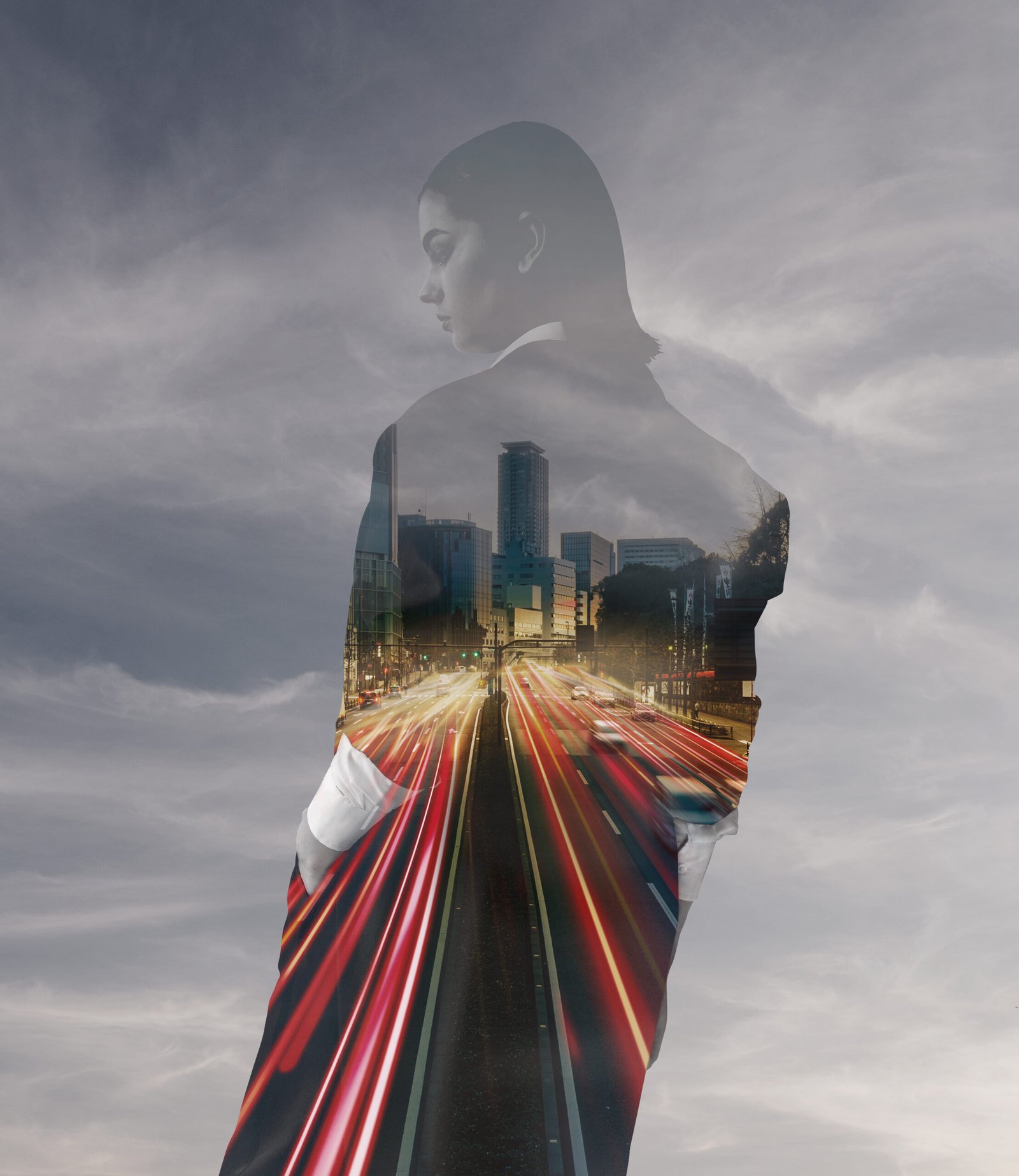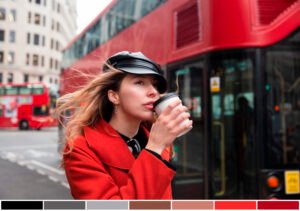In the competitive realm of real estate photography, capturing the essence of a property in its best light is essential for attracting potential buyers. One technique that has revolutionized the industry is multiple exposure blending. This method involves blending multiple exposures of the same scene to create a final image with balanced lighting and enhanced details. In this guide, we’ll delve into the art of multiple exposure blending and how real estate photographers can master this technique to elevate their craft.
Understanding the Art of Multiple Exposure Blending
Multiple exposure blending is a technique where several photographs, each with different exposure settings, are combined into a single image. By blending these exposures, photographers can overcome the limitations of dynamic range in their camera sensors, resulting in images that accurately represent the full range of light and shadow in a scene.
The Benefits for Real Estate Photography
For real estate photographers, multiple exposure blending offers several key benefits. Firstly, it allows them to capture the full dynamic range of a property, from the bright highlights of a sunlit room to the subtle shadows in darker corners. This ensures that every detail of the property is showcased in its best light, enhancing its appeal to potential buyers.
Additionally, multiple exposure blending enables photographers to create images that are visually striking and balanced. By carefully blending exposures, photographers can eliminate blown-out highlights and muddy shadows, resulting in images that are crisp, vibrant, and true to life.
The Process of Multiple Exposure Blending
The process of multiple exposure blending involves several steps:
- Capture Multiple Exposures: Begin by capturing a series of exposures of the same scene, varying the exposure settings to capture the full dynamic range of the scene. Typically, this involves taking one exposure for the highlights, one for the midtones, and one for the shadows.
- Merge Exposures: Use photo editing software such as Adobe Photoshop or Lightroom to merge the exposures into a single image. This process involves aligning the exposures and blending them together seamlessly.
- Refine the Image: Once the exposures are merged, refine the image using adjustment layers and masking techniques to fine-tune the exposure, contrast, and color balance. This step ensures that the final image is polished and visually appealing.
Tips for Mastering Multiple Exposure Blending
- Use a Tripod: To ensure that the exposures align perfectly during blending, use a tripod to keep your camera steady throughout the shooting process.
- Bracket Your Exposures: Bracketing your exposures ensures that you capture a range of exposures to cover the full dynamic range of the scene.
- Practice Patience: Multiple exposure blending can be a time-consuming process, but the results are worth the effort. Take your time to fine-tune each exposure and blend them together seamlessly for the best results.
Conclusion
Mastering the art of multiple exposure blending is a valuable skill for real estate photographers looking to elevate their craft. By understanding the principles of exposure blending and practicing the techniques outlined in this guide, photographers can create stunning images that showcase properties in their best light, attracting potential buyers and setting themselves apart in a competitive market.



